Touch sensor
Once upon a time, when I was on the air with ham radio HF, I used the PTT of the microphone as a touch switch and used it as T.T.T. (Touch To Talk).
For this TTT, I made many trials and errors on the circuit that used the f deviation of the tuning circuit.
I'm going to talk about this story in the future, but I finally arrived at a circuit that uses capacitance as shown in the figure below.
If only the touch switch part is extracted from this circuit, it will be as shown in the figure below. The gate protection resistor R7 is added.
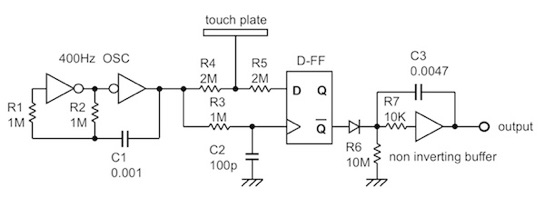
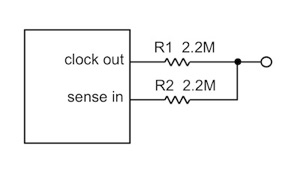
The OSC signal is usually in the CK a little later than the D in the D-FF. So / Q is L.
If you touch the touch plate, the D signal will be delayed, so / Q will be H.
This output is integrated because it changes flutteringly due to noise such as AC induction.
However, it is not an inversion integrator circuit. The feedback is applied to the non-inverting buffer with a capacitor.This will be explained later. It operates in the same way as the following circuit.

The point is that it can be made with a normal gate circuit without using a Schmitt trigger.
In the above Arduino version, OSC, D-FF, delay circuit, integrator circuit, Schmitt trigger can all be made by software. After all, this is all that remains.
There is CapSense (capacitive sensor) on the Arduino site, but there is no resistance on the input.
Considering static electricity, Arduino may be destroyed by latch-up etc., so be sure to insert a resistor.
As shown in the figure on the right, the operating principle measures the pulse delay time when touched by hand.
Sketch: Touch_SW_test_110914.zip
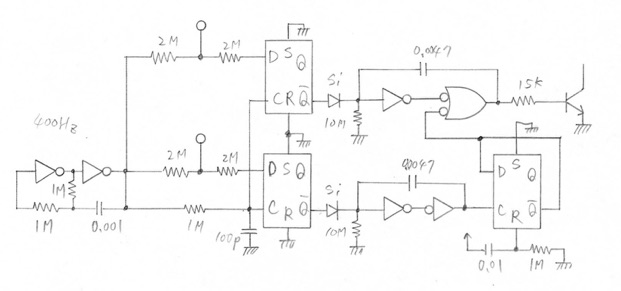
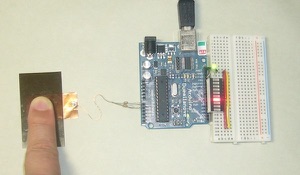
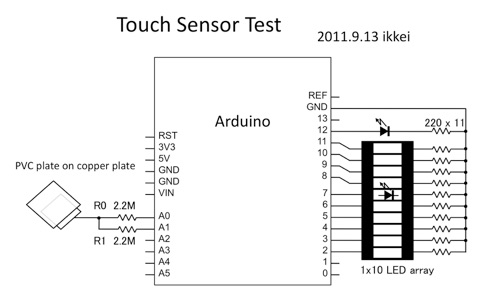
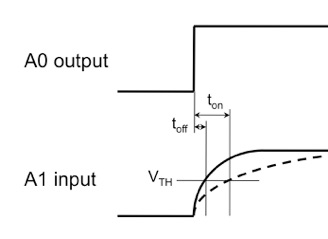
Arduino version
R1: protect static electricity
Discrete version
Archive
